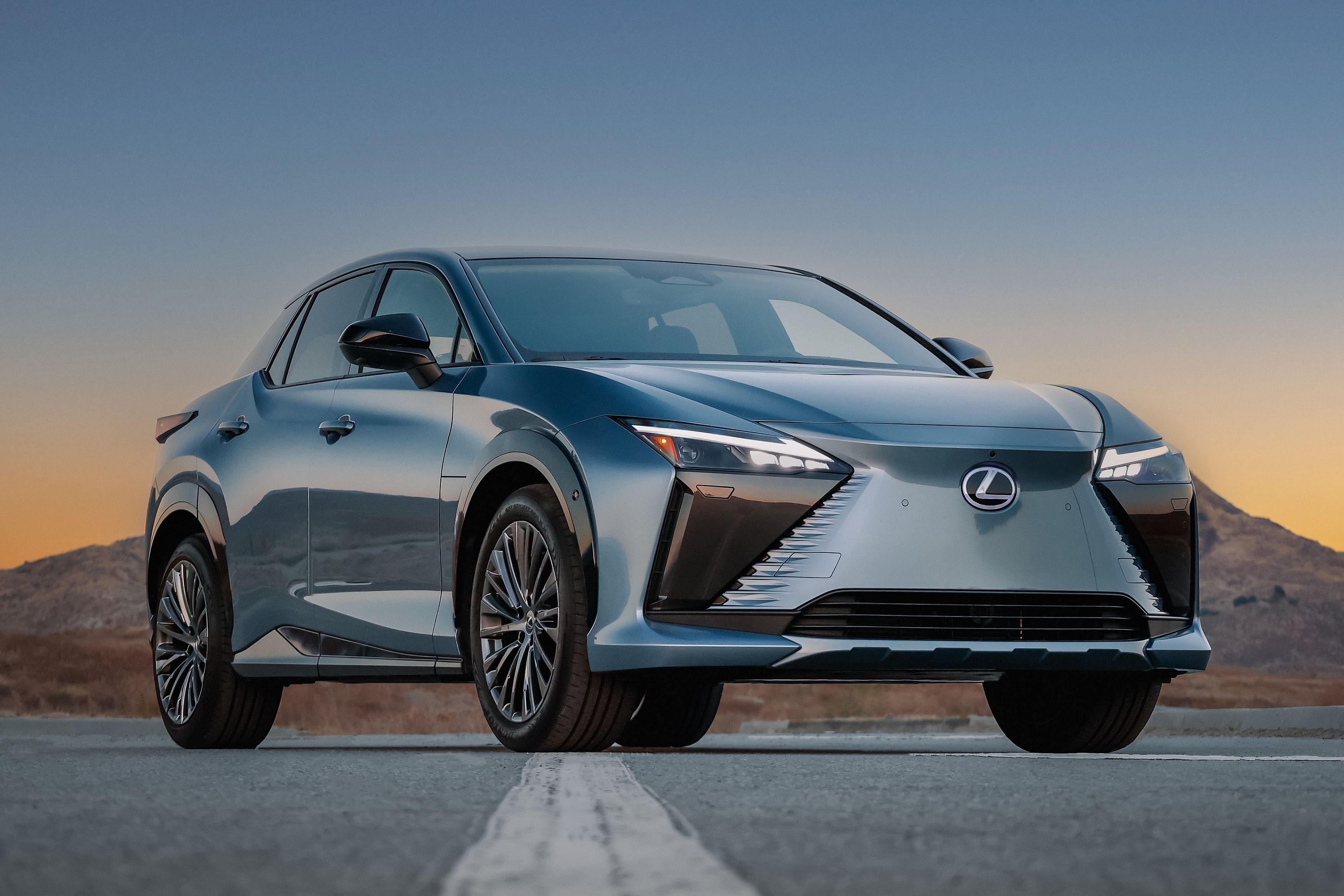
Lexus is consolidating its global operations at a brand-new mountain lair in Shimoyama, Japan.
A corner of Toyota's Technical Center has been allocated to Lexus, building a colossal proving ground, a development center, and a brand-new headquarters. The Lexus lair will eventually be as big as 140 baseball stadiums. The total cost when the operation goes live in March 2024 will be $2.25 billion.
Lexus is taking this drastic approach to catch up in the global EV race, though it will likely follow the same route as Toyota, which currently holds the most patents for solid-state batteries. In an interview with Automotive News, Lexus' president, Koji Sato, explained that everyone involved with planning, developing, designing, and testing will be housed under the same roof.
"This is a next chapter initiative to improve the vehicle fundamentals, sharpen the Lexus Driving Signature and evolve the design in harmony with functionality," said Sato. "The core value is how to design and create cars that generate a desire among people to own that vehicle."
Lexus is currently scattered across the globe. Its headquarters are in Nagoya (Japan), and it has operational centers in Brussels (Belgium) and Plano, Texas. "Now we have an environment where we can really focus on Lexus," said Sato.
Like most manufacturers, Lexus is in the process of going fully electric in the US, Europe, and China by 2030. It hopes to sell one million EVs annually, which means it has a lot of catching up to do.
To gain traction, Lexus wants to ensure that its new products drive like a dream. To do that, it uses Shimoyama's Country Road test track, nicknamed the Mini-Nurburgring. It's a 3.3-mile circuit modeled after the Green Hell. It has many elevation changes, blind corners, and off-center grades.
"It is an especially difficult course, both on cars and people," says Shuichi Ozaki. Ozaki is one of just two expert drivers in charge of on-track development. In addition to the Mini-Nurburgring, the facility will eventually have 11 other test tracks, including a high-speed bowl. The IS, RZ, and NX PHEV were the first vehicles to be signed off there, and it's where most of the development for the LFA successor will happen.
Looking at the layout, Lexus is bound to hit its target. The setup of the test facility was designed by Koji Sato and Akio Toyoda, who both come from a racing background. Sato is also in charge of Gazoo Racing, which knows how to build a sublime vehicle.
The first floor of the testing center will be garages, where engineers, suppliers, and designers can make changes to the car and take them out on the track immediately. The second floor will have all the computing power, while the third floor will be a dedicated design studio.
"The more you test drive, the more issues you capture," said Sato. "The test course has very precisely calculated road conditions. You can get a lot of feedback."
"Now, whenever we want to drive, we have to go to a different building," said Lexus global design chief Koichi Suga. "But when we move to Shimoyama, we just go downstairs to the garage. It's great for car development."
